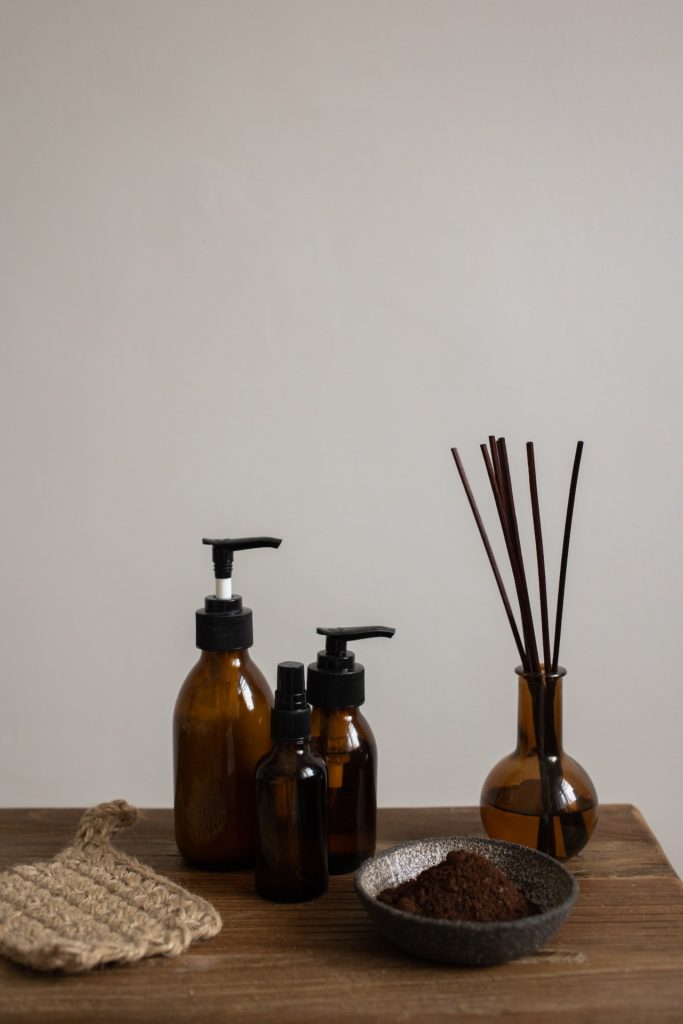With how fast-paced the world is today, you may find yourself having a hard time slowing down, much less finding the time to get properly re-centered and relaxed. Keep reading for some tips on getting the relaxation that you need and deserve.
Minimize Distractions
You are surrounded by distractions seemingly every waking minute. Between your workload, constant exposure to screens, and the hustle and bustle of everyday life, your brain is never really given the opportunity to shut off. Having as few distractions as possible for at least ten minutes per day is essential for your brain to avoid being overworked.
Give your brain a rest by designating a space that has minimal distractions. This means no technology, no other people, no books, etc. Anything that will prevent you from resting or meditating or whatever you do to recharge does not belong in that space. If you are surrounded by noise, consider some soundproofing for your walls so the noise does not get in. By minimizing distractions, you will be forced to rest instead of focus on something else.
Make It Comfortable
Nobody wants to exist in a space that they are not comfortable in, and you probably feel the same way. To truly get rest, your space needs to fit your criteria for getting comfortable enough to zone out. While not everyone will have the same idea for a comfortable resting or meditation space, there are a few things that are recommended, especially if you have no idea where to start.
Starting with the basics, take a look at the bare room. The walls, ceiling, windows and floors. Think about the color of the wall, the light fixtures, and the type of flooring you want to have in your resting space. For the walls, you want something calming. Blue is usually the way to go for a calming color, but you can choose whichever color makes you happy. If your goal is more geared toward meditation, you can have a mural on one wall that you can focus on while you meditate, or if you want to watch something that moves, consider something like a wall-mounted metronome or something of the sort. For your floors, rug is recommended if you want to sit on the floor, but if you are putting a yoga mat or furniture in there, hardwood is better. If your calming space has a window, consider blackout curtains. The outside world might prove to be a distraction, so you want as little exposure to that as possible.
Now think of anything that you want to put in the room to maximize your comfort. You might want a couple pieces of furniture if your goal is to lay down, such as a daybed or a long sofa. A small table or a set of shelves would be helpful if you want to have calming items such as a set of fidget toys or a lava lamp. For a calming environment, consider a small radio or smart speaker that can play binaural music geared toward meditation and rest, as well as a diffuser for Young Living Essential Oils. Make it so this room will leave you feeling rested and almost not wanting to leave it.
If It Does Not Help, Do Not Add It
People typically feel the need to fill a room with things if it looks too empty. As tempting as it might be to use part of your calming space for extra storage, do not do it. Once you start that habit, it will be difficult to reverse and you will have stress in a space that is meant to be free of it. If you live with other people, either keep the door locked or ensure that they understand that your resting space is off limits so they do not put things in there either. Once you are done maximizing your comfort in that space, that is it. Nothing else needs to go in there.
Having a place to go for a moment of peace and quiet is essential to your mental and physical health. Keep this article in mind when creating your calming space and adjust it to your needs so you can get the rest that you deserve.


